
Every Breath Counts – The Story of WellO2
What if something as natural as breathing suddenly became a struggle?
This is exactly what happened to Aulis Kärkkäinen – a Finnish inventor and active outdoorsman – who had suffered from breathing difficulties since childhood. Wheezing and shortness of breath were familiar to him from a young age, and the sensation was frightening.
He still remembers how the cold night air felt heavy in his lungs, but the crisp morning air brought relief. Later, he also found comfort in the sauna – in the combination of warm steam and deep breathing.
Over the years, his symptoms worsened, but Aulis didn’t wait for a solution – he set out to create one.
He wanted to bring a piece of the sauna’s soothing effect and the purity of Finnish air into his daily life – and eventually, to share it with others.

From Wheeze to Relief – In His Own Garage
It started with a simple idea: combine warm steam with breathing resistance to ease his symptoms. He made a prototype using tools he had at home, and the results surprised even him.
“After using the device, my airways felt clearer. I could sleep better. I could breathe freely again.”
–Aulis Kärkkäinen, WellO2 Inventor

A Daily Ritual for Better Breathing
For over a decade, Aulis has used the WellO2 method daily:
- A few slow exhales into the device
- Inhales of warm, soothing steam
- Gentle breathing in between
Repeated just a few times, this became a daily reset for his lungs.
Today, he still uses the device – every morning and evening, before jogging, before singing, even in the middle of the night when needed.

Results That Speak for Themselves
✅ Improved lung function (measured with spirometry)
✅ Better sleep and fewer breathing interruptions
✅ Reduced coughing and throat irritation
✅ Regained voice control—he could sing again
His lung capacity today is 40% better than average for his age – not just maintained, but improved.
From One Person to Over 150,000 Users
What began as a DIY project in Finland has now reached homes across Europe and beyond. In 2016, the device was approved for consumer use and launched in pharmacies. Since then, over 150,000 people have joined the movement to breathe better – naturally.
WellO2 is now a patented system, used by:
- People with breathing challenges
- Athletes seeking recovery
- Voice professionals like teachers and singers
- And anyone looking to sleep better and breathe easier
How WellO2 Was Born – Watch the Story
Try the Nordic Steam Breathing System
Aulis created WellO2 to help himself. It might just help you, too.
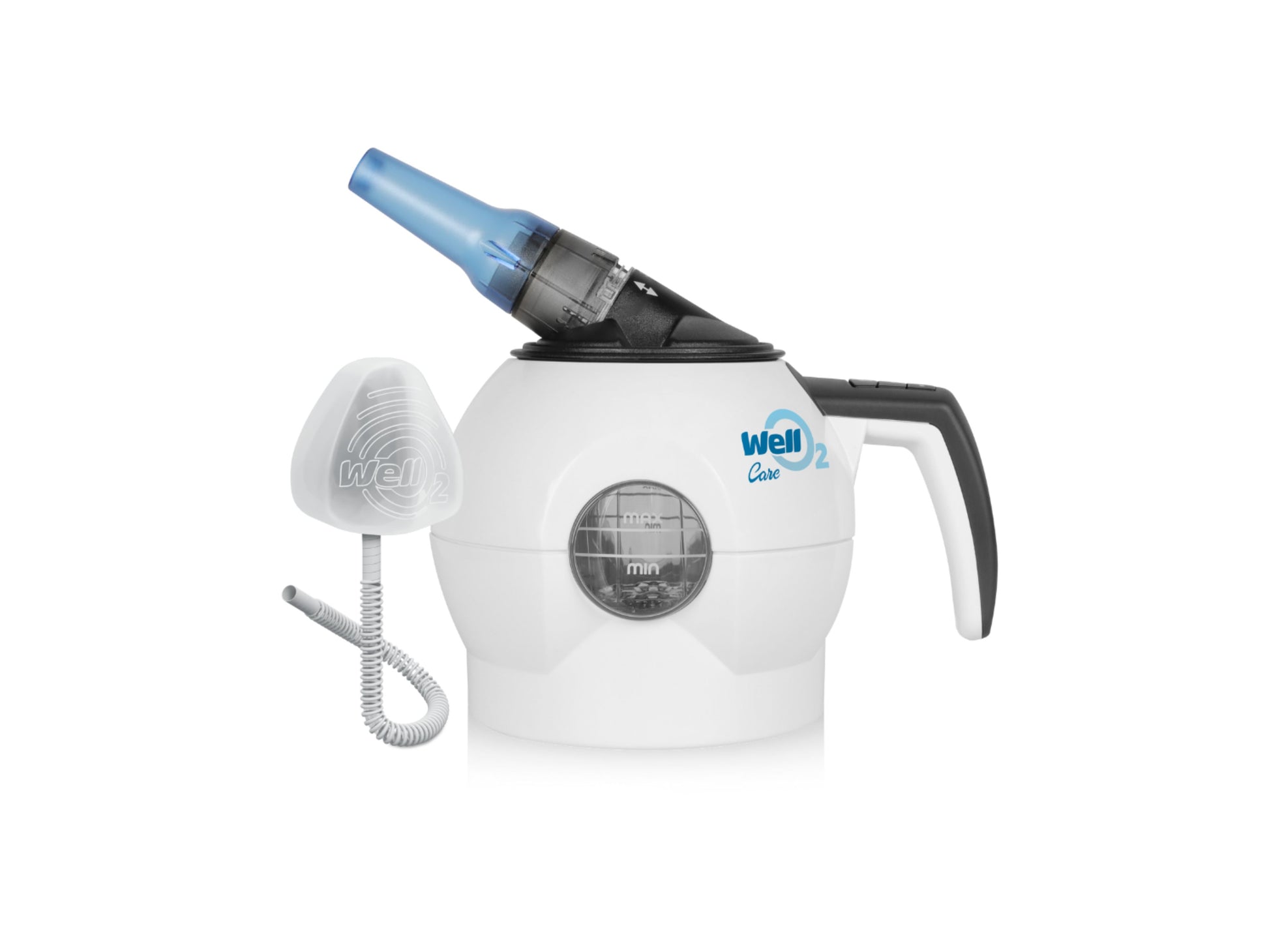
WellO2
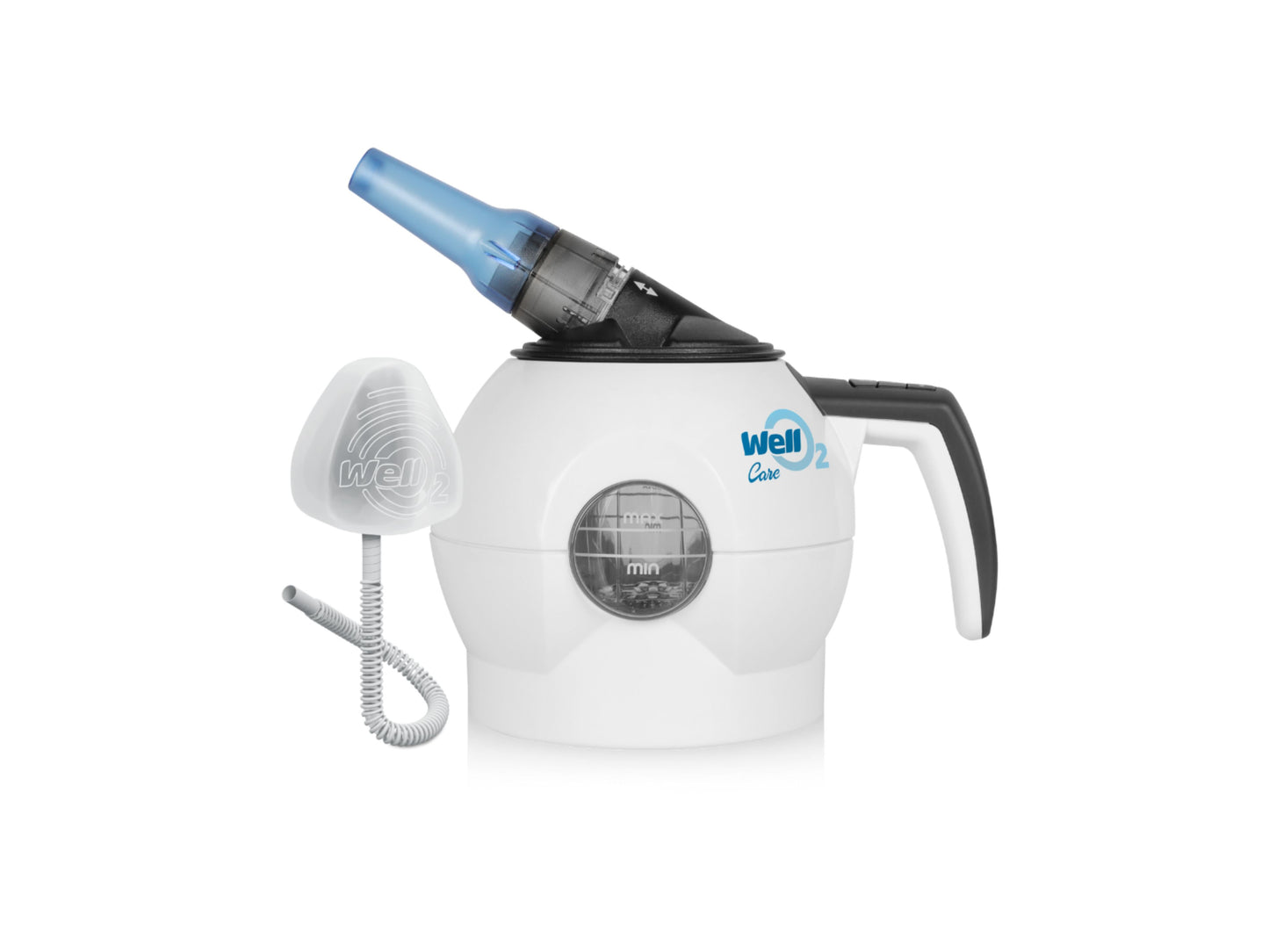
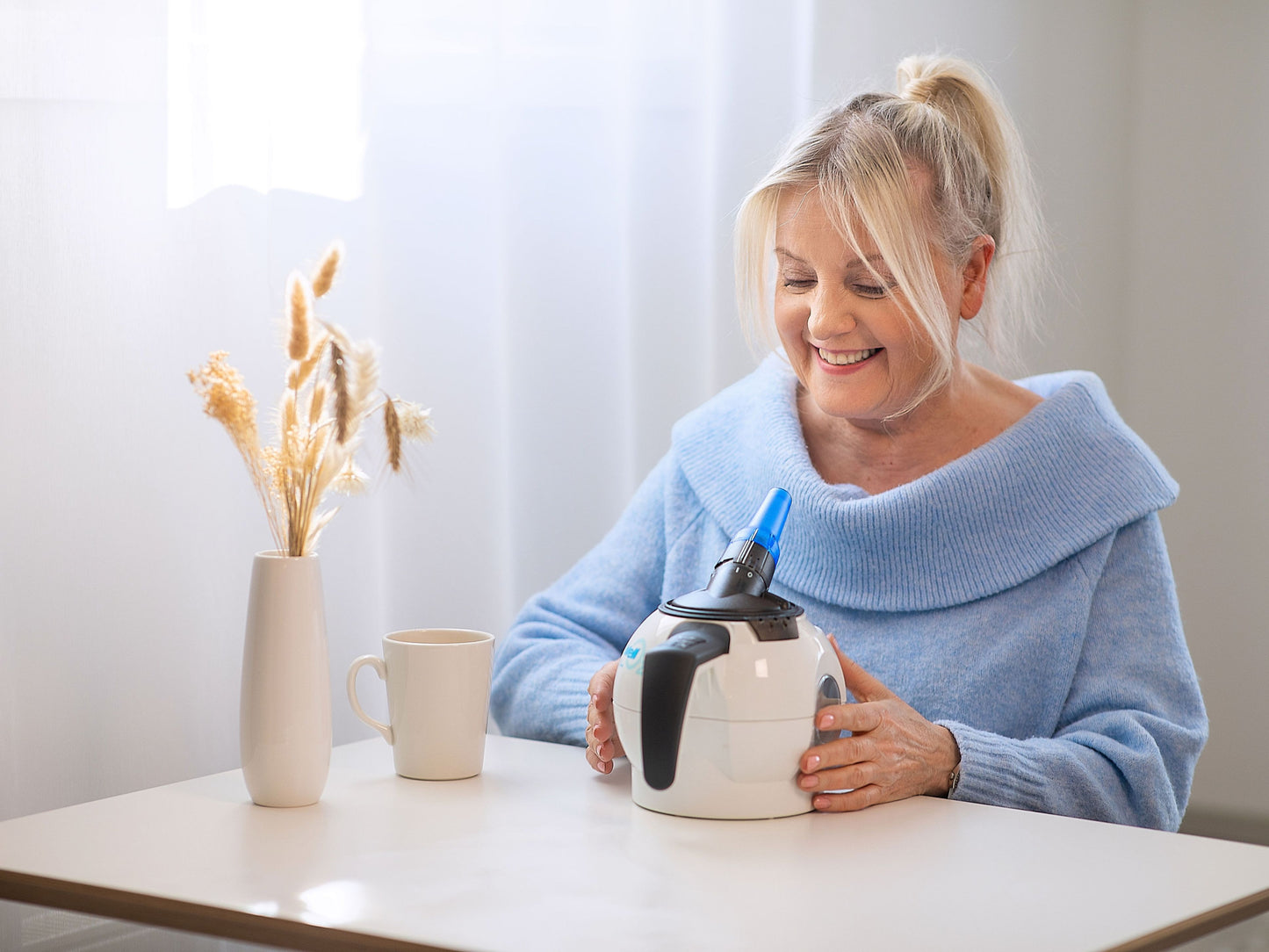
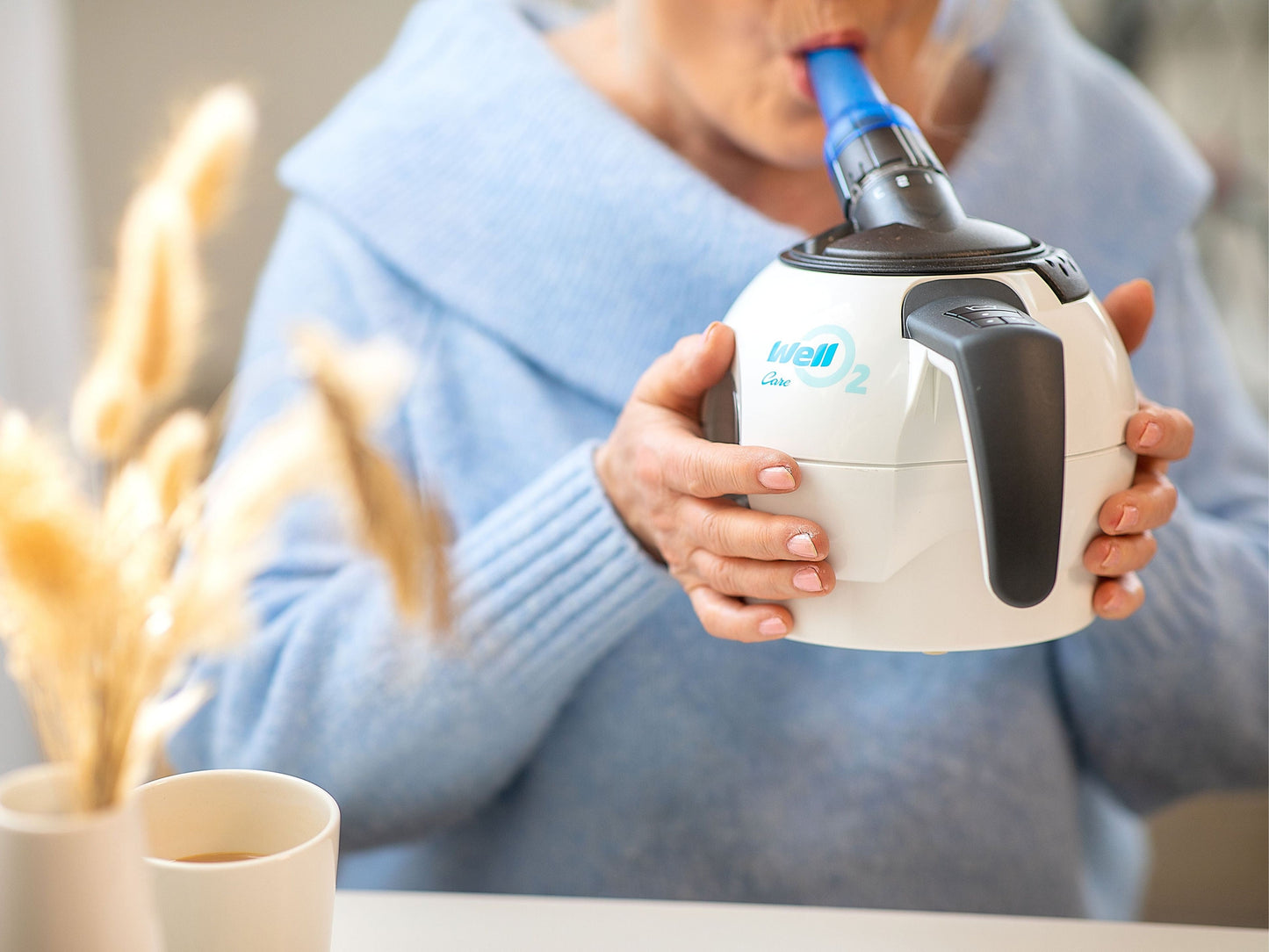
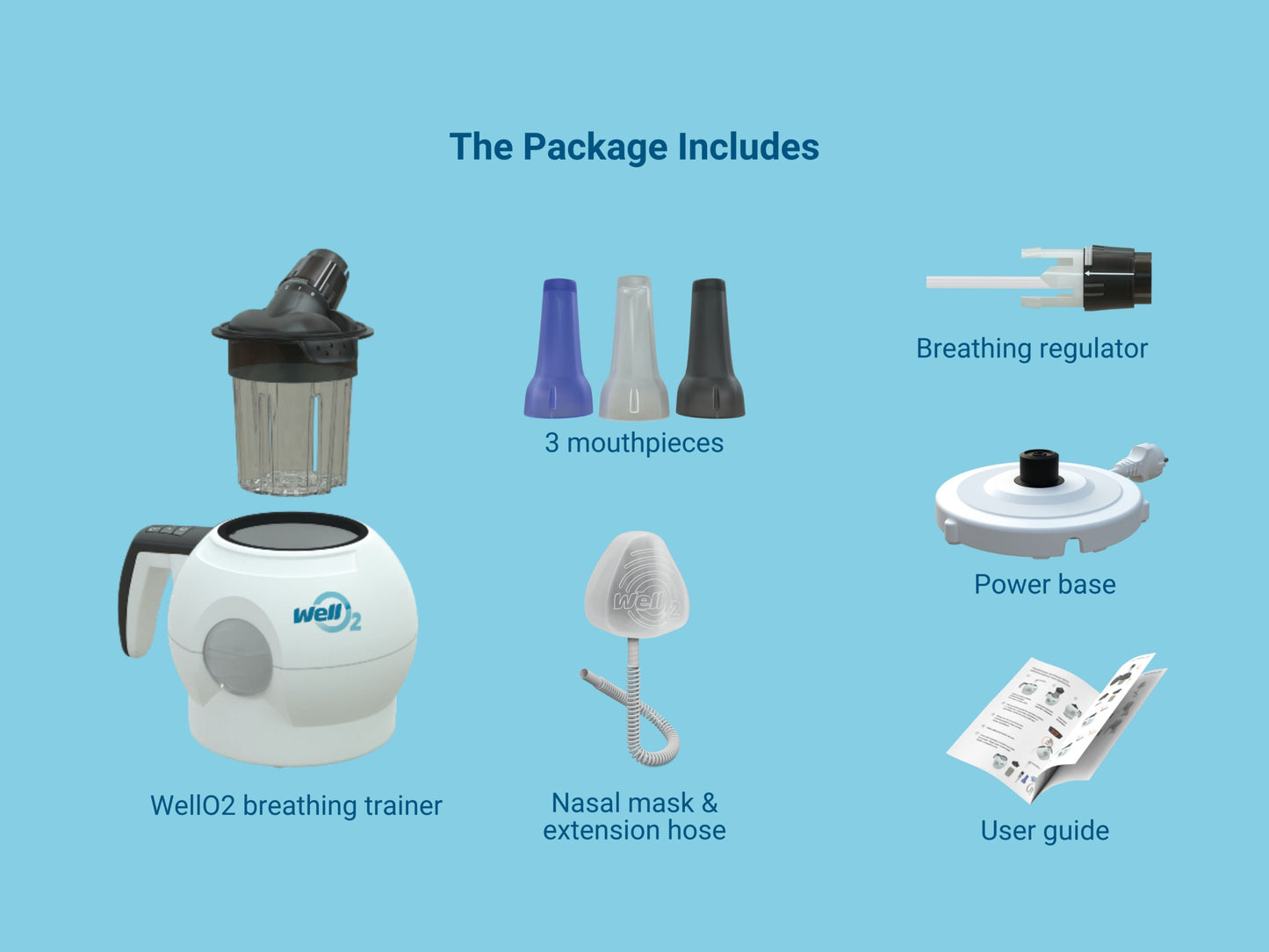
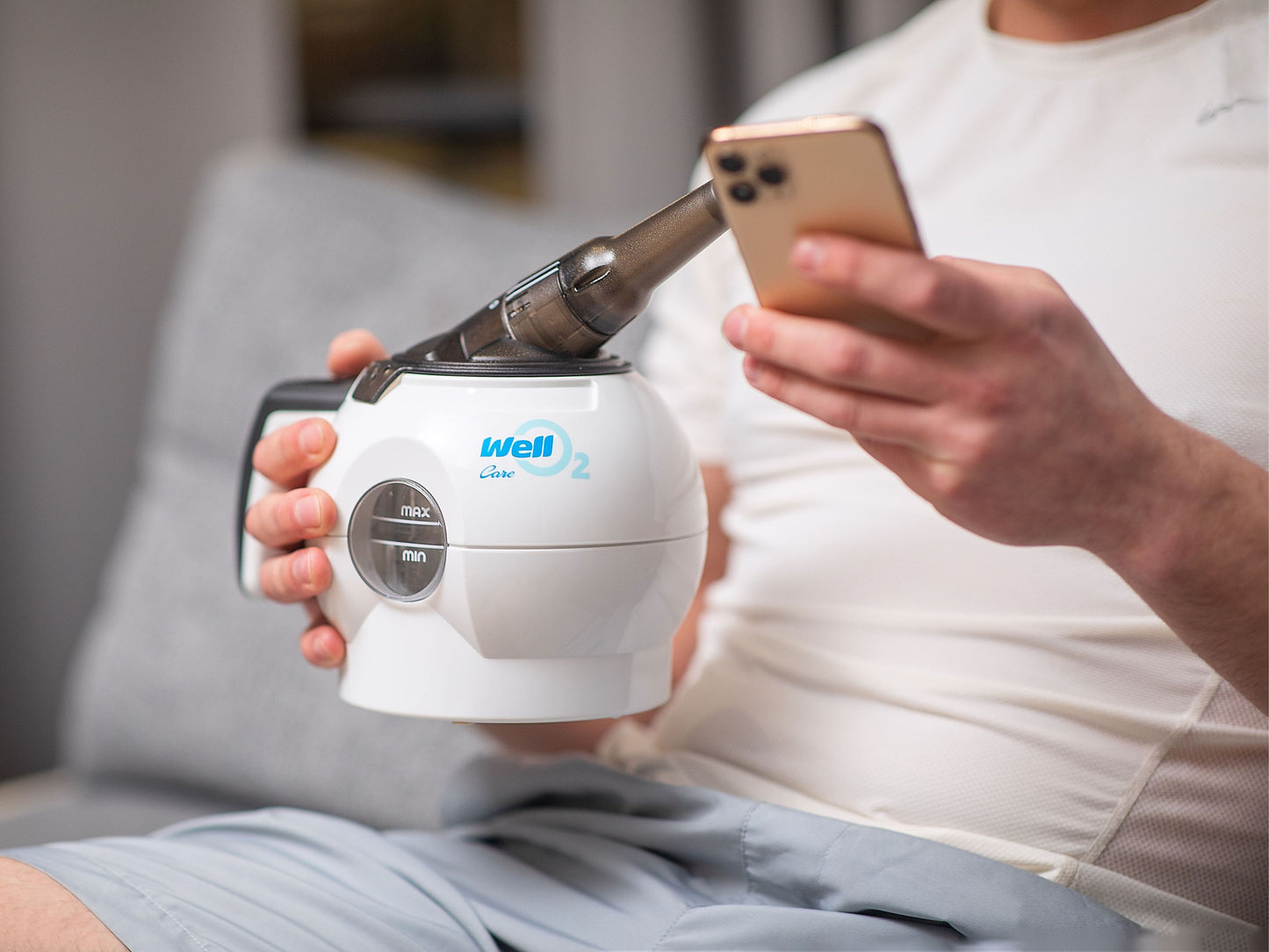
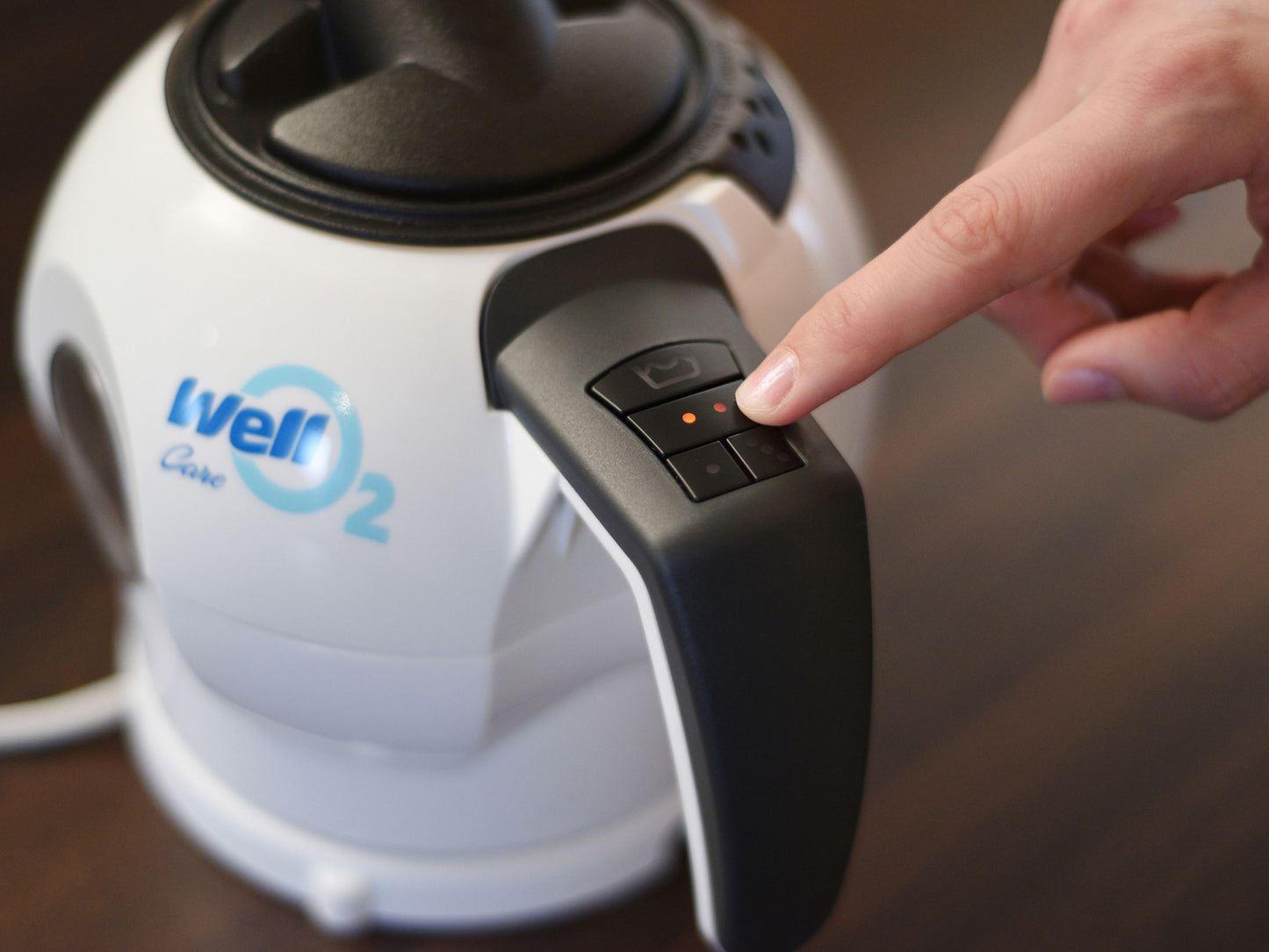
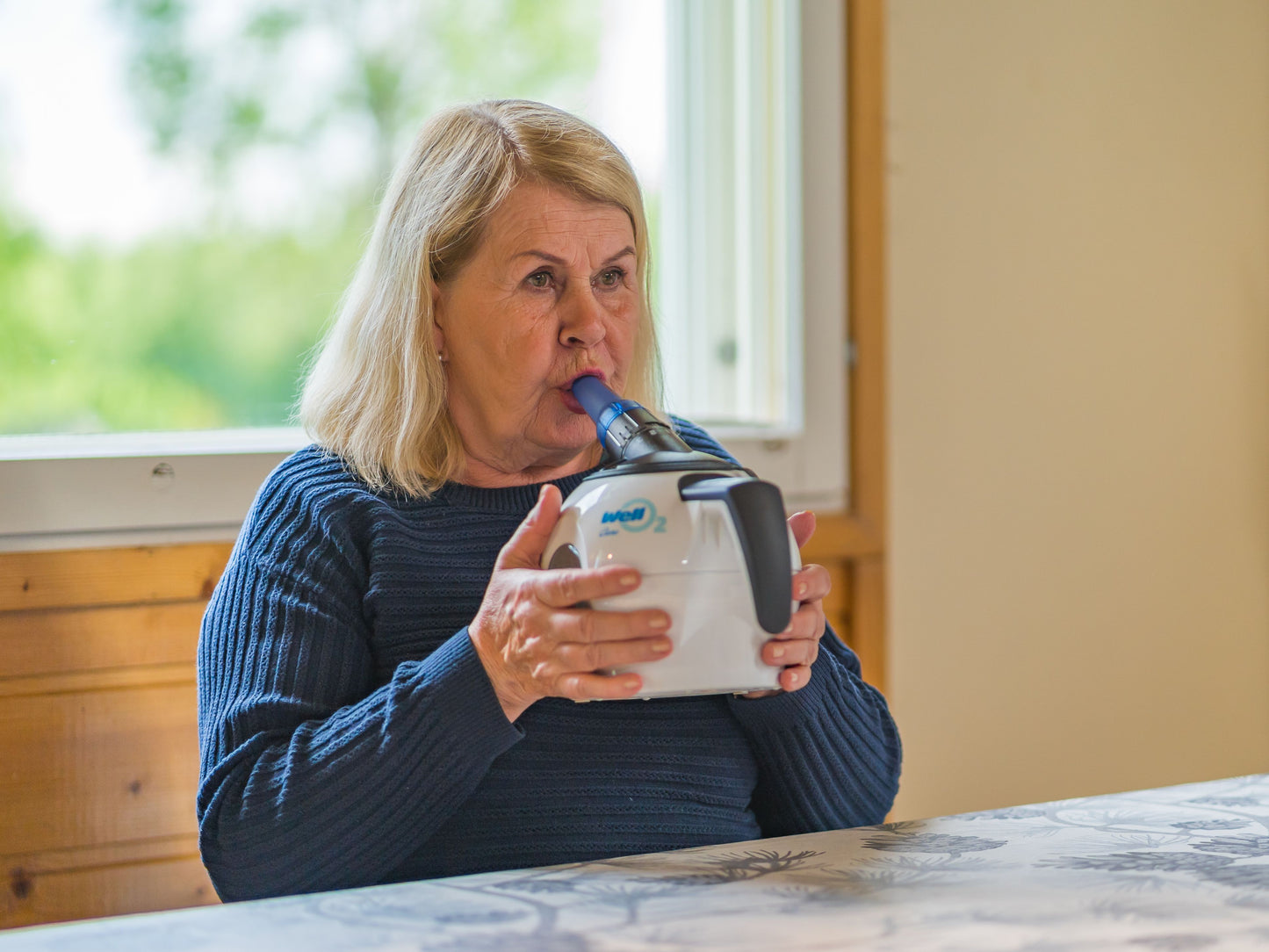
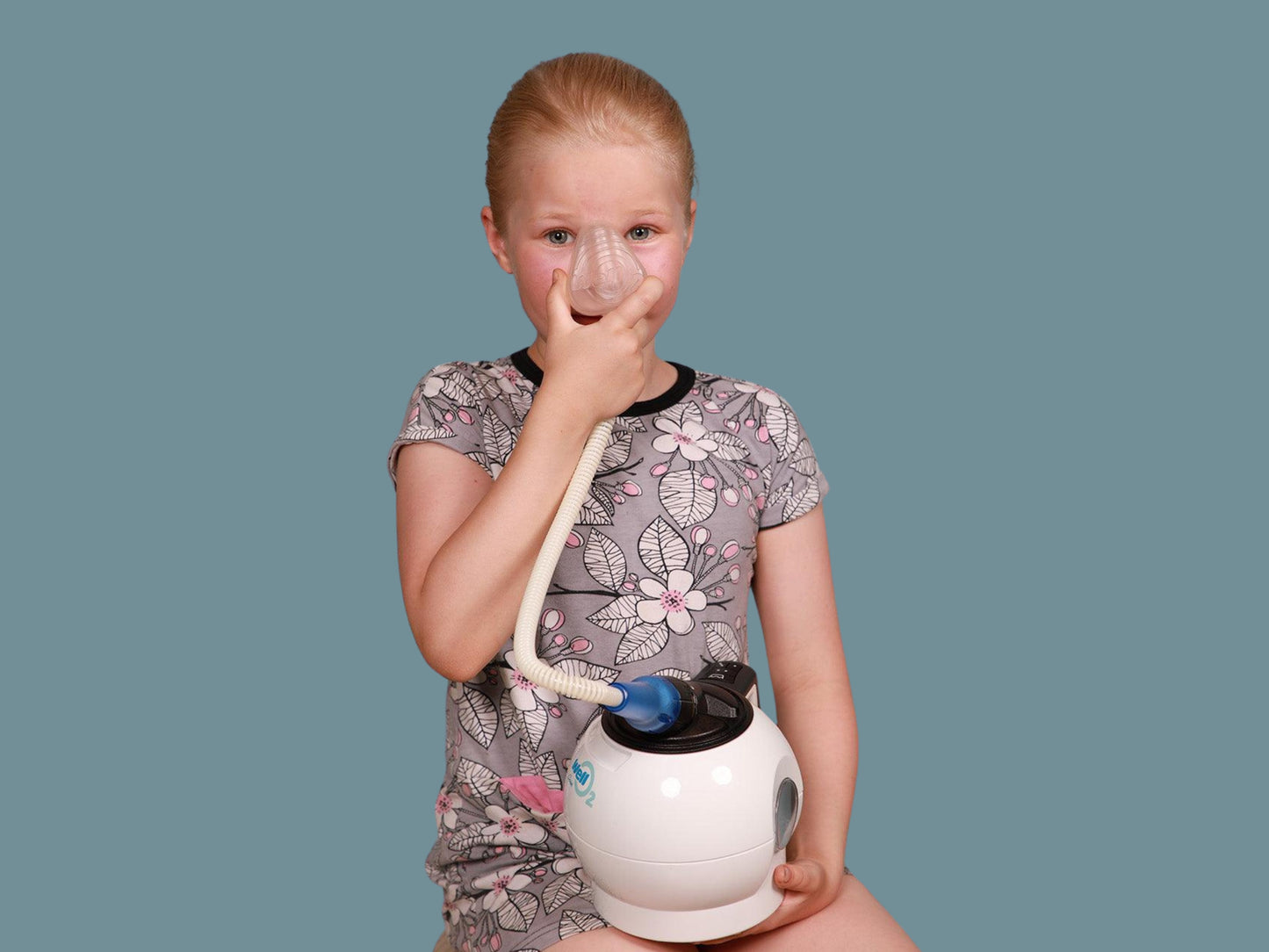
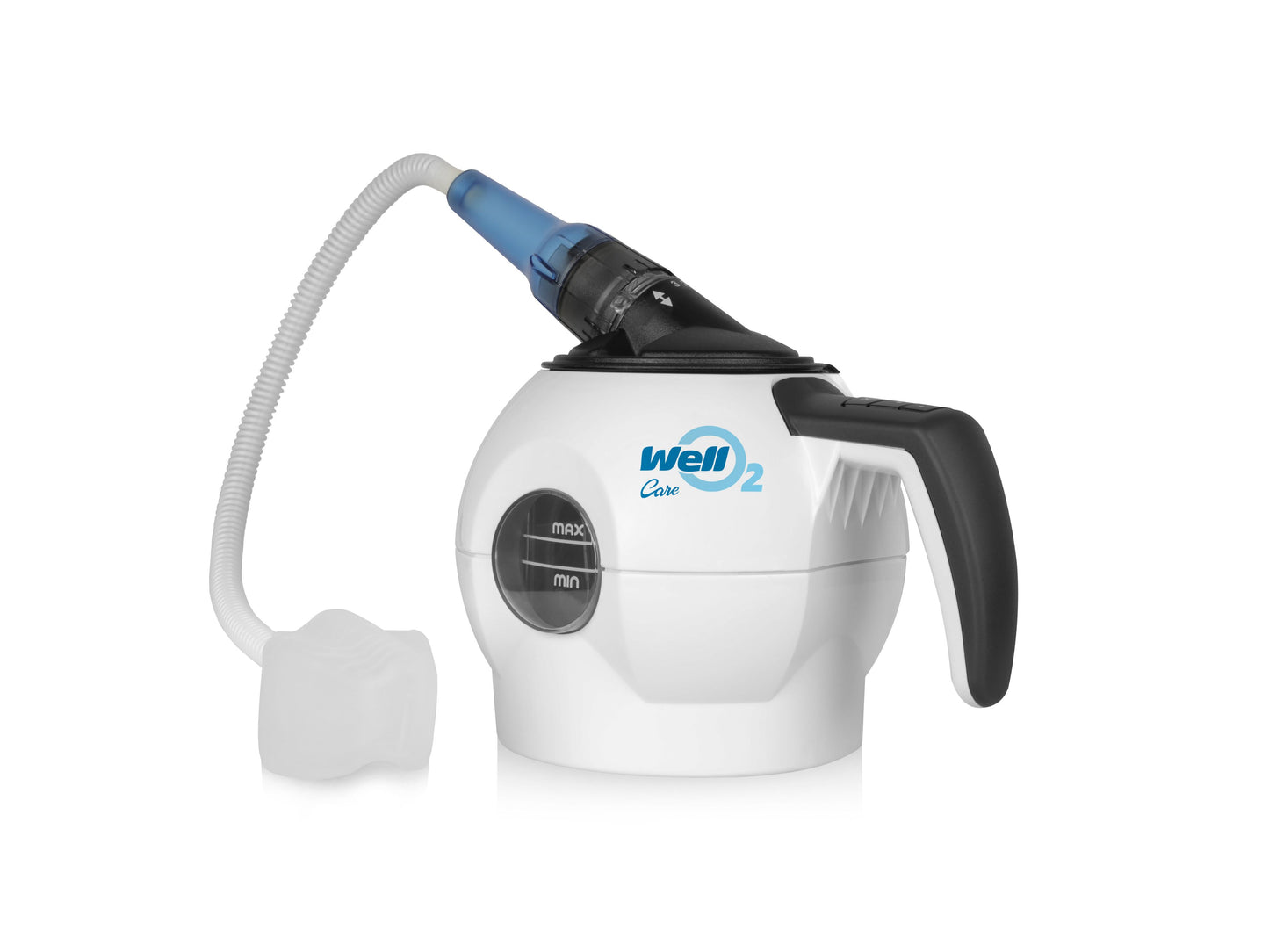
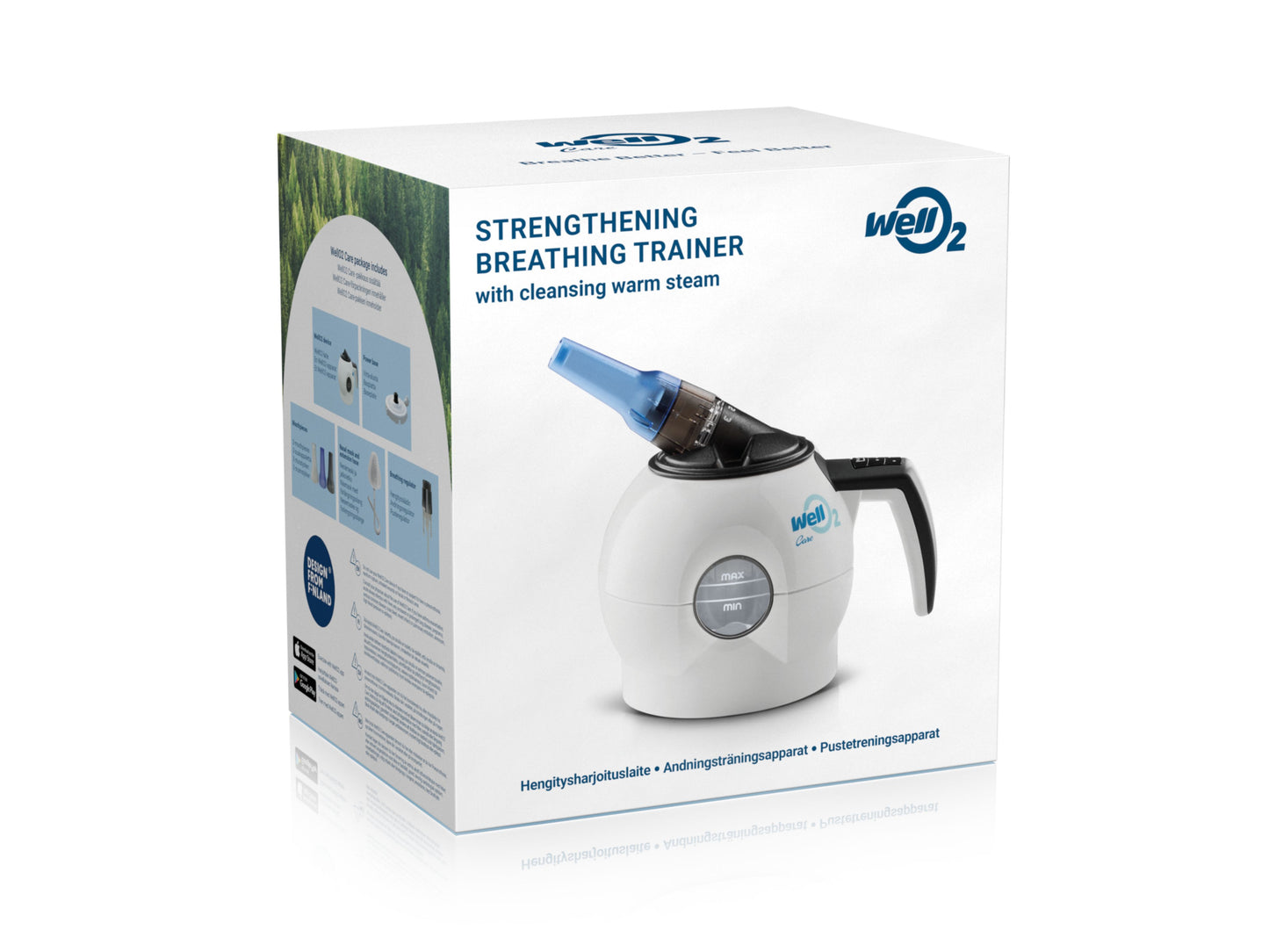
Subscribe to our emails
Be the first to know about new collections and exclusive offers.
